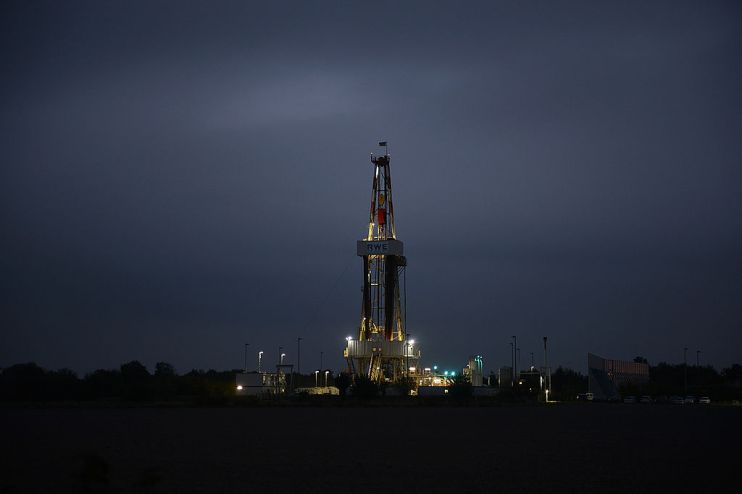Oil prices to begin trading at seven month high as US demand recovers

Oil prices climbed to their highest levels in over seven months on Friday, boosted by expectations of further extensions to supply cuts from some of the world’s top producers.
Both major benchmarks recorded healthy gains, with Brent Crude up 1.98 per cent at $88.55 per barrel, while WTI Crude has gained 2.3 per cent at $85.55 per barrel at the end of last week’s sessions.
Overall, Brent Crude climbed about 4.8 per cent during the week, the most it has gained in a week since late July.
WTI Crude, meanwhile, advanced a hefty 7.2 per cent over the same time period to post its biggest weekly gain since March.
This contrasts with a prior two-week losing streak, when swingeing OPEC cuts were offset by declining demand in developed economies such as China.
However, the appetite for oil in the United States has proved to be robust, with crude inventories declining in five of the most recent six weeks, according to surveys conducted by the US Energy Information Administration.
Craig Erlam, senior market analyst at Oanda said: “Oil prices have seemingly responded positively to the labor market figures, perhaps as they signal interest rates may not rise any further and even fall sooner which is better for the economic prospects of the economy over the medium term. They’d already been on a good run though and Brent is now trading around its highest level this year, with no shortage of momentum.”
OPEC sustain supply cuts – tightening markets
This comes alongside continued cuts in supplies, with Saudi Arabia widely expected to extend a voluntary unilateral one million barrel per day oil production cut into October.
This consolidates curbs engineered by the Organisation of the Petroleum Exporting Countries (OPEC) and allies, known collectively as OPEC+, to support prices.
One of those allies, Russia – the world’s second-largest oil exporter – has officially agreed with its OPEC+ partners to continue its cuts of oil exports next month, putting even more pressure on markets.
Barbara Lambrecht, commodities analyst at Commerzbank, believed future price movements would be dictated more by demand than the supply cuts – which would power any tightness.
“Just how tight the market will really then be will of course also depend on demand. The latest indicators have painted a mixed picture: the higher gasoline prices had left their mark for a time in the US. Overall, however, US gasoline demand in the high-demand summer driving season, which will end this coming Monday on Labor Day, is likely to have exceeded last year’s level,” she said.
It was also dependent on China’s recovery, with both OPEC and the International Energy Agency depending on the world’s biggest oil importer to shore up oil demand over the rest of 2023 to meet their forecasts.
While the sluggish recovery of the country’s economy has investors concerned, recent commodities data suggests demand could be recovering – as expected in the second half of the year.
She said: “Further demand indicators are coming from China: Thursday will see the country’s customs authorities publish crude oil import figures for August. We expect them to have rebounded after having fallen sharply in July. If this turns out not to have been the case, the oil price is likely to come under pressure.”